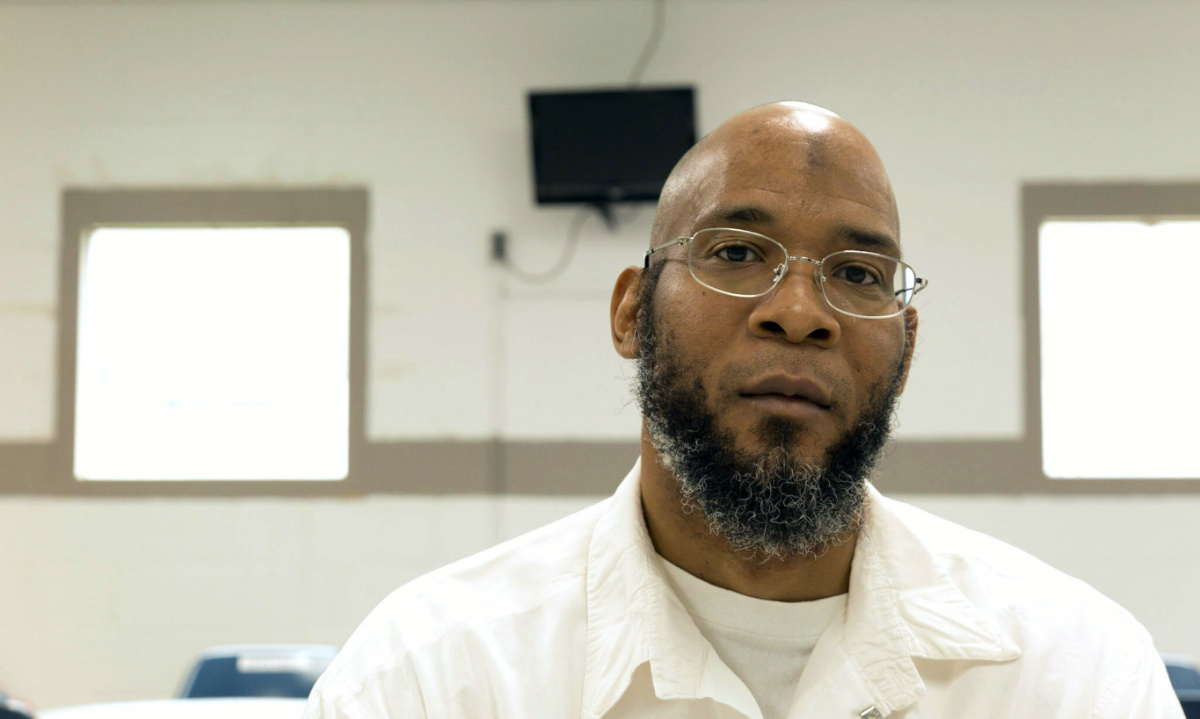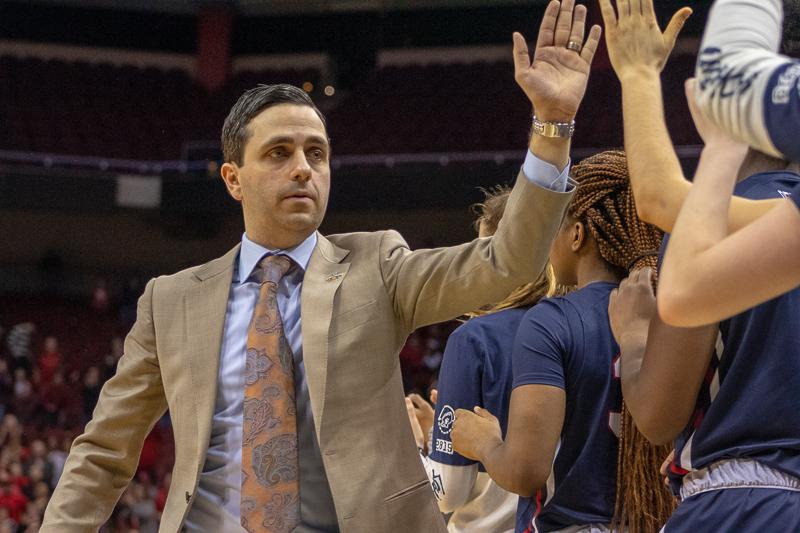The financial status of the United States has been a common concern of Americans for the past ten years. Since March 2001, the United States has gone through two periods of recession. The collapses of the “dot-com bubble” and the “housing bubble” have been key contributions to the end of the longest period of growth in the United States. during the 1990s. Our current economic status is one of the front-running issues for the upcoming presidential election. Many argue that the solution is to increase taxes all around. Some wish to give tax breaks to the rich in hopes that they will invest in the market. Others believe the current economy will rise when we begin to tax the rich at higher rates than the rest of the population. Still, others believe relief will come through lowering taxes overall.
While many convincing arguments support tactics of relief, one fact remains – those who are attempting to fix economic disparities are not looking at the needs of all classes. Congressmen and government officials typically belong to the upper class. They are also listening to the advocates of the poor. Handing out tax breaks to the rich may incentivize them to reinvest in the economy, but that is not a guarantee. By socializing healthcare, the poor will be receiving healthcare, but at whose expense is this healthcare coming about? Tax dollars paid by the middle class will fund healthcare for the country. In all of these instances, one class is missing – the middle class. Who is looking out for the middle class? The answer is a simple no one, as no one is looking out for us.
Last year, the median household income levels fell to lowest that they’ve been in over 10 years. We are currently seeing the largest percentage of Americans living below the poverty level in almost 20 years. Suburban poverty is also on the rise. On the corporate side, we are seeing medium sized businesses, who account for 40 percent of our nation’s Gross Domestic Product (GDP), and who are tomorrow’s big business leaders, being plagued with constant change in government mandated policies and procedures. Healthcare reform, stringent review from the National Labor Relations Board, and the implications of the Dodd-Frank financial reform, are making it very difficult for these medium sized businesses to attain loans, hold credit, and grow economically. By limiting the class who keeps American going, what are we doing to our future?
Our government is at a point where we must either sink or swim. Officials must listen to the middle class in order to relieve our country from recession. In order to reenergize our economy, we must enable the middle class to stabilize. The inequalities between the upper, middle, and lower classes must be lessened. Job loss, salary cuts, housing market woes must end if the United Sates is to close this gap. Executives of companies and government officials must realize this and act accordingly with the middle class in mind.
Is that yacht or a trip to Venice really worth it? By “it,” I am referring to the economic and financial future of America, which at the moment looks bleak. How can we save our future? In the words of Karl Marx, “Workers of the world, unite!” In order to save the economy, America must act now.








